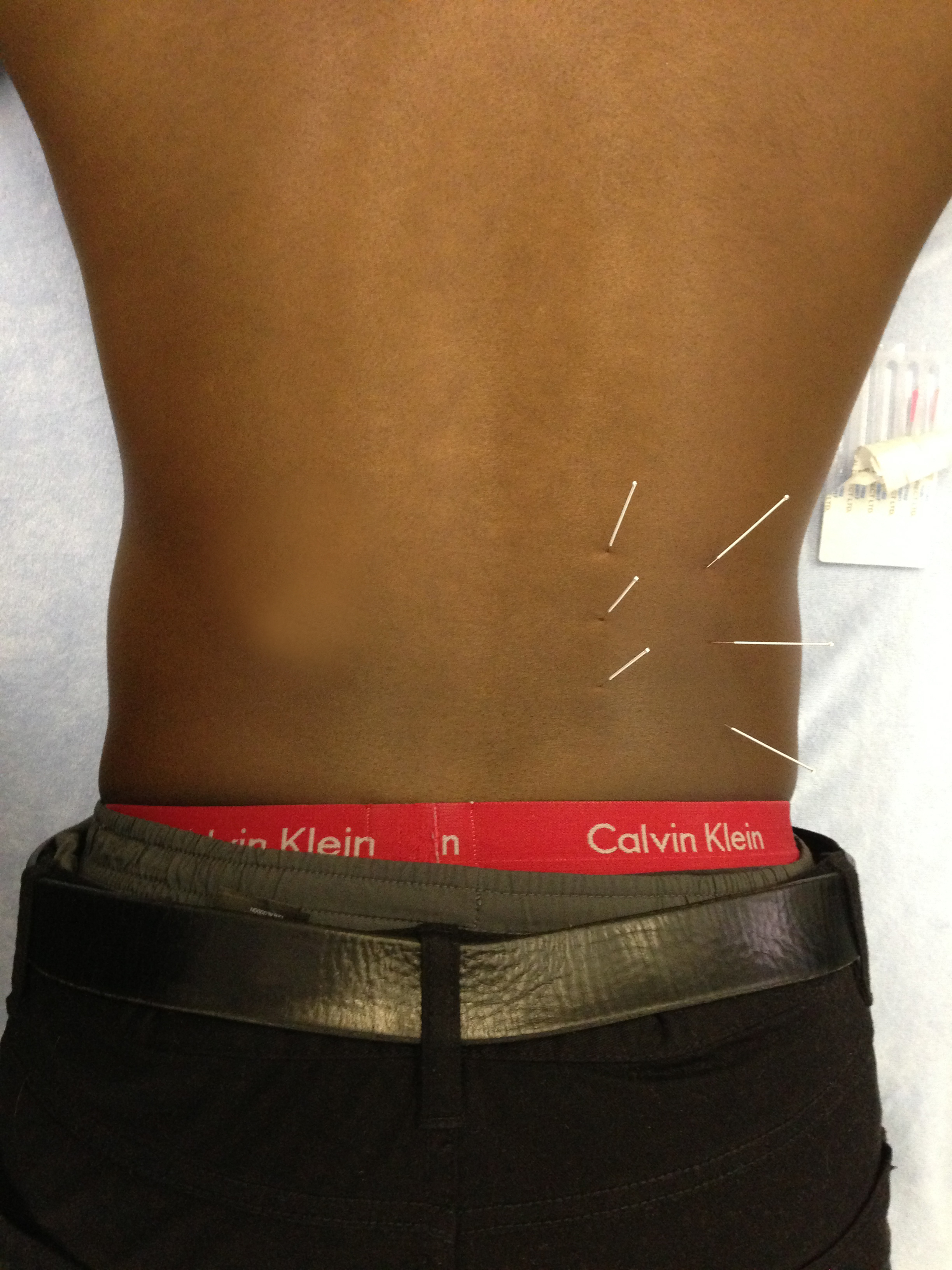I am always asked what happens during medical acupuncture. Explaining the processes that occur physiologically during medical acupuncture and the benefits thereof can be quite a task. Mainly because of the complexities of the human body and the depth of knowledge required to understand.
Of course this doesn't mean it shouldn't be done. So here is my attempt for the lay person in 5 steps.
1. Local Nutrition - local to the placement site of the needle, the skin can often be seen to be red. This is because of increased blood flow to the area. Blood carries fresh nutrients that soft tissues such as muscles need. As fresh blood comes in, stale blood must leave which carries away with it waste products from the muscle.
2. Segmental - All areas of skin transmit sensory information to the brain via nerves. The nerves from each area travel to the spinal cord and enter at different segmental levels. When a needle is inserted, the nerve that innervates that area is stimulated. Because of this, the other areas supplied by that same nerve also benefit from its stimulation.
3. Extra Segmental - The stimulated nerve travels to the brain and triggers the release of many positive hormones into the body. These are things such as the bodies natural pain killers, stress relieving and feel good hormones. Areas outside of the stimulated nerve distribution are affected by this.
4. Global - The body is the sum of its parts. The mind and the body are interconnected and therefore the previous processes contribute to having a global effect on the body. A central regulatory effect occurs by various structures of the brain that are also stimulated. This includes the Limbic system which has an affect on emotions, behaviour, motivation and memory.
5. Trigger Point Release - Many of you would have heard me talk about trigger points before. Physically inserting a needle into a trigger point will aid in its release. This is often where the twitch response occurs. Deactivating its sustained contraction allows for better functionality of the muscle, it reduces the stress on other muscles working to support it, allows the associated structures to move freely, increasing their range of movement and reduces local and referred pain.
Electro-Acupuncture is often used in more chronic cases. This has an increased effect on all the processes mentioned above. The gentle current placed through the needles induces the twitch response and better enables muscle relaxation and vascularisation of the area.
Acupuncture to the upper arm
Acupuncture to the lower back
Yours truly... Yes I always practice what I preach and don't perform any method of treatment that I don't believe works or that I haven't had done to myself. :-)



